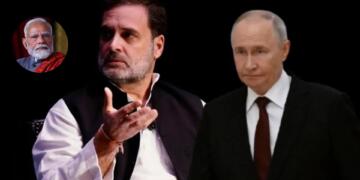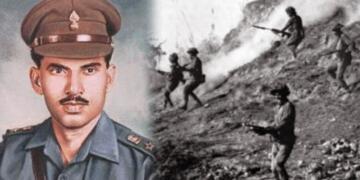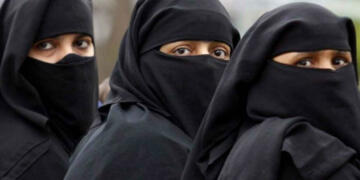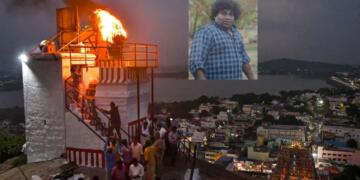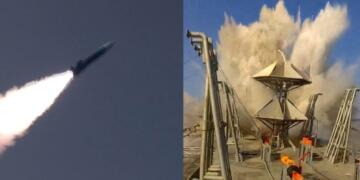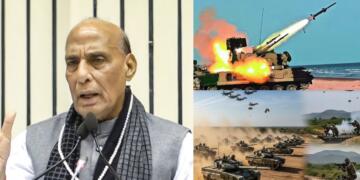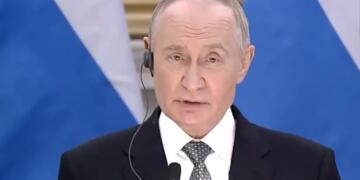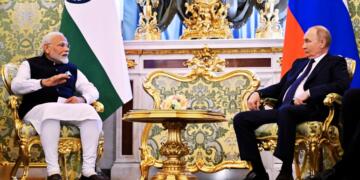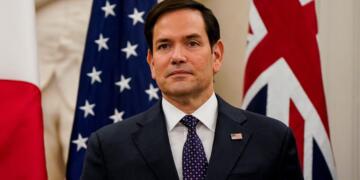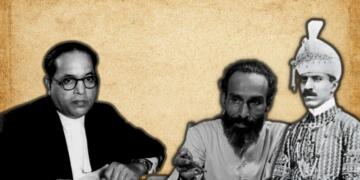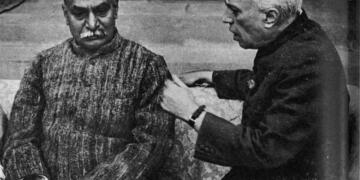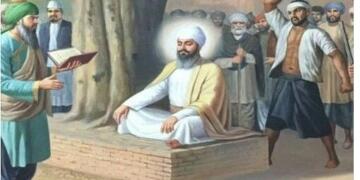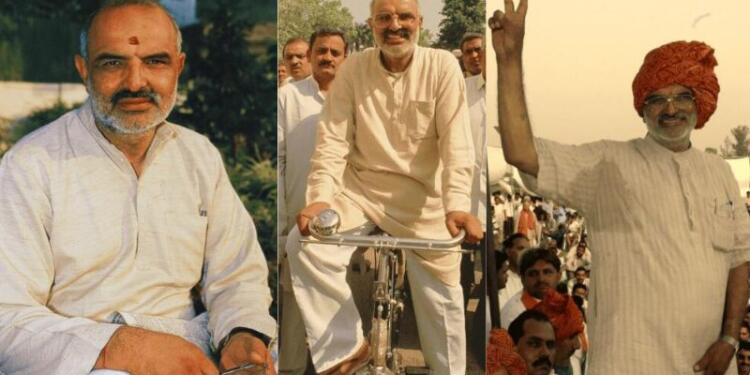‘Giant slayer’ Pravesh Verma, BJP MLA from New Delhi constituency is currently being considered as the leading contender for the post of next Delhi CM. While he has been a prominent player in the national politics for more than a decade, his elevation is seen as an imminent outcome as he recently delivered a crushing electoral defeat to AAP National Convenor and Former CM Arvind Kejriwal in Delhi Assembly Elections 2025. For a large section of poll pundits and common populace alike, he is already being seen as the successor of his father’s legacy, late Sahib Singh Verma, BJP leader who served as former Delhi CM.
The story of Common Man’s CM
Late Sahib Singh Verma lived a simple life even after making it big on the political landscape. It was quite opposite of AAP National Convenor Arvind Kejriwal, who betrayed the common populace whom he had given hopes of ‘politics of ideals’ by living in a lavish and extravagant residence dubbed as Sheesh Mahal.
Even after becoming the Chief Minister of India’s National Capital, Sahib Singh Verma was not only seen as Common Man’s CM, but also he truly lived it. However, when he reached the pinnacle of politics, an inflation ridden election, onion prices in particular, not only applied brakes on his government, but it also derailed the electoral changes of the saffron party in the national party. Following the surprising outcome, he had to return home in a Delhi Transport Corporation (DTC) bus.
Early Life
Sahib Singh Verma was born on 15 March 1943 in Mundka village of Delhi. His father Mir Singh Verma was a farmer and his mother Bharpai Devi was a housewife. He did his initial education in Delhi. It is said that he married at an early age (11) in 1954.
After completing his studies from Aligarh Muslim University, he did PhD in Library Science. After this, he started working as a librarian in Shaheed Bhagat Singh College, Delhi. During his student life, he became inclined towards the Rashtriya Swayamsevak Sangh (RSS). Later, he started participating in the programs of the Sangh and became an RSS worker.
Through the Sangh, he joined BJP, from where he started his political career. In 1977, the BJP fielded him for the first time from Keshav Puram in the Delhi Municipal Corporation elections. Result, he won and became a councilor. Later, he held various positions in the party and contributed to strengthening the party’s unit in the National Capital.
Gradually, his stature rose within the party. After this, in the 1991 Lok Sabha elections, BJP gave him a ticket from Outer Delhi Lok Sabha constituency. He was pitted against Congress leader Sajjan Kumar, incidentally, he is the same leader who has been held ‘guilty’ in the 1984 anti-Sikh pogroms. In this election, Sajjan Kumar managed to win by a margin of 85,000 votes. However, Sahib Verma didn’t let electoral defeat get the better of him.
Afterwards, the saffron party made him a candidate in the 1993 Delhi Assembly elections. This assembly election was held after 37 years.
For those unversed, the first elections for the Assembly of Delhi was held in 1952. Back then, Brahm Prakash of Congress became the first Chief Minister. In 1955, Gurmukh Nihal Singh was made the Chief Minister.
Next year, in 1956, the Delhi Assembly was dissolved and Delhi was made a Union Territory. But on public demand, the Delhi Assembly was formed again in 1991 and delimitation was carried out for the assembly constituencies. As a result, the strength of the Delhi Assembly increased from 48 to 70 seats. Subsequently, in the year 1993, Delhi was made the national capital and the assembly elections were announced.
In this historic poll, Sahib Singh Verma won the election from Shalimar Bagh. He defeated Congress’ SC Vats by 21 thousand votes.
Back then, BJP secured a landslide victory winning 49 out of 70 seats under the leadership of Madanlal Khurana, whereas, Congress won 14 seats.
Under the Chief Ministership of Madanlal Khurana, Sahib Singh Verma was given the responsibility of the Ministry of Education and Development. Verma did many important works and implemented many schemes. He became known as an efficient administrator in the party as well as in Delhi.
By this time, the allegations of corruption had marred Chief Minister Madan Lal Khurana. Subramanian Swamy had accused Khurana of being involved in the Jain Hawala scandal. Following his allegations, the Congress party also launched its relentless attacks on Khurana.
Following the mounting pressure, Madan Lal Khurana resigned from his post in 1996, just 2.5 years after he had assumed the office. In those days, Lal Krishna Advani used to be the National president of the BJP. When he was accused of being involved in the Jain Hawala scandal, he also resigned from his post and announced that he would not contest elections until his innocence was proven. While the BJP leaders came out clean, the allegations in the Jain Hawala scandal had cost Khurana his Chief Ministerial post.
After Madan Lal Khurana’s impactful tenure as Delhi’s Chief Minister, the BJP leadership needed a strong successor to maintain its hold over the capital. In 1996, the party appointed Sahib Singh Verma, then Minister for Education and Development, as Delhi’s new Chief Minister. He took office on February 26, 1996, and continued implementing Khurana’s policies, earning appreciation from both the public and the party leadership. However, during his tenure, the central government changed hands, with H.D. Deve Gowda and later I.K. Gujral taking office. Verma accused the Centre of withholding funds for Delhi, leading him to stage a symbolic protest by traveling on a bicycle instead of using government vehicles. His security detail had to follow him in jeeps, creating a unique spectacle. Despite being Chief Minister, he continued living in a DDA flat in Shalimar Bagh, but later moved to an official residence after security concerns.
Meanwhile, in 1997, the Jain Hawala scandal collapsed in court, clearing Madan Lal Khurana of charges. His supporters pushed for his reinstatement as CM, but L.K. Advani refused. Instead, Khurana was given the newly created position of Delhi BJP Legislature Party Chief—a role that existed only for him. However, his resentment towards Verma remained. Several crises hit Delhi under Sahib Singh Verma’s rule, including the Uphaar Cinema fire tragedy, which claimed 59 lives, the Wazirabad school bus accident where a bus carrying children fell into the Yamuna, the Dropsy epidemic caused by contaminated mustard oil, and reports of poisonous water being supplied in tankers. These incidents dented Verma’s image, but the biggest blow came in 1998 when Delhi faced a severe onion shortage. Prices skyrocketed to ₹60–₹80 per kg, sparking protests. When asked about its impact on the poor, Verma remarked that “onions are consumed by the middle and upper class, not the poor.” The statement led to massive backlash, with Congress leaders protesting while wearing onion garlands.
With Assembly elections only two months away, BJP leadership decided to replace Verma. After much discussion, Atal Bihari Vajpayee chose Sushma Swaraj as Delhi’s new CM. On October 12, 1998, she took over, but Verma’s Jat supporters protested outside the CM residence. Nevertheless, he vacated his official residence and left for his hometown Mundka in a DTC bus, refusing to engage in political conflict. Verma did not contest the 1998 Assembly elections, but political tensions escalated when his close aide, Ved Singh alias Lalu Pehalwan, was murdered. Singh had sought a BJP ticket but was denied and instead ran on a Samata Party (now JD(U)) ticket. Following his murder, Singh’s family accused Verma’s relatives of involvement, triggering a political storm.
Samata Party leaders George Fernandes and Jaya Jaitly demanded a CBI probe and even threatened to withdraw support from the Vajpayee government. Verma dismissed the allegations as a political conspiracy, but by then, the BJP in Delhi was divided into three factions—supporters of Madan Lal Khurana, Sahib Singh Verma, and Sushma Swaraj. In the 1998 Delhi elections, BJP suffered a crushing defeat, winning just 15 seats against Congress’s 51. This marked the end of Sushma Swaraj’s 52-day government, paving the way for Sheila Dikshit, who remained CM for three consecutive terms until 2013.
Despite BJP’s loss, Verma remained active in politics. In 2007, he was serving as BJP’s National Vice President when he tragically died in a car accident on June 30, 2007, on the Delhi-Jaipur highway. His legacy remains significant in Delhi politics, and after 27 years in opposition, BJP finally reclaimed Delhi in 2025 ending the long political exile that began with his departure.


